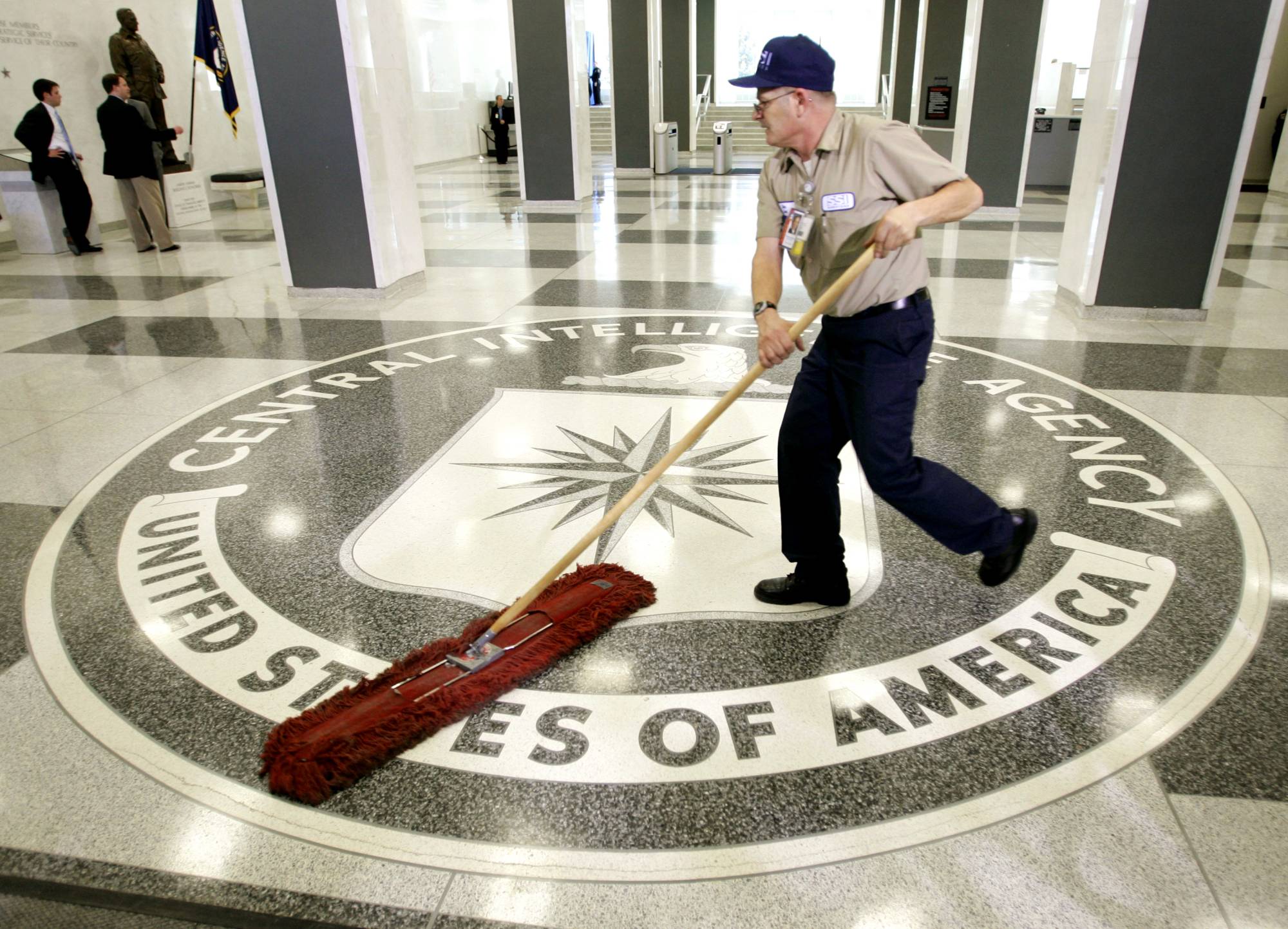Four years after Russia’s interference in the 2016 U.S. presidential election, more countries seem to be joining the game in the run-up to this year’s vote on Nov. 3. In August, William Evanina, director of the U.S. National Counterintelligence and Security Center, warned about “ongoing and potential” electoral influence efforts by Russia, China, and Iran. Last week, Director of National Intelligence John Ratcliffe and FBI Director Christopher A. Wray disclosed that Russia and Iran had obtained U.S. voter registration data. “[T]he two countries are stepping in to try to influence the presidential election as it enters its final two weeks,” concluded the New York Times.
Americans have been understandably outraged and alarmed about foreign electoral interference. But the practice is not new; in fact, the United States was for a long time its leading exponent. As Dov Levin shows in his book, "Meddling in the Ballot Box," the U.S. and the Soviet Union (and subsequently Russia) engaged in 117 covert or overt foreign electoral interventions to help or hinder candidates or parties between 1946 and 2000, with the U.S. accounting for 81 of these cases (or 69% of the total).
One of the most famous examples of U.S. foreign electoral interference came at the dawn of the Cold War in 1948, when the CIA (in its first covert action) secretly subsidized public efforts to ensure that communist candidates were defeated in elections in Italy. It also spent millions of dollars on propaganda efforts and supporting favored Italian politicians. These and similar practices, covert and overt, continued throughout the Cold War. CIA historian David Robarge told David Shimer, author of the book "Rigged," that during this period, the Agency “‘hardly ever’ altered votes directly,” which implies that it sometimes did.


















With your current subscription plan you can comment on stories. However, before writing your first comment, please create a display name in the Profile section of your subscriber account page.